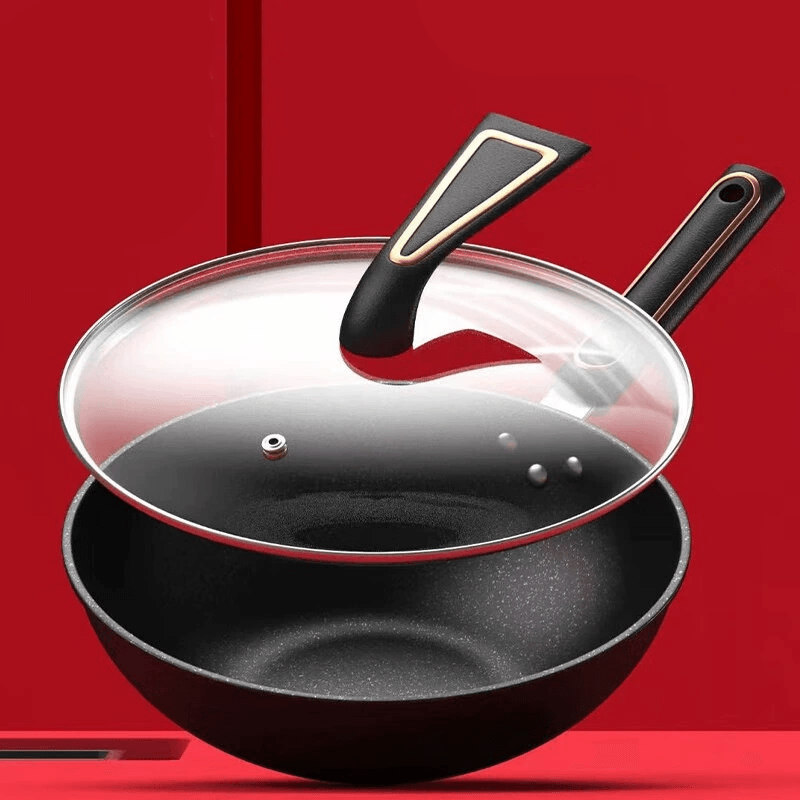2025-10-03
Expanding Role of Steak Frying Pans
Steak Frying Pans are gaining recognition as specialized tools that bring precision and consistency to meat preparation. Their flat bases and controlled heat distribution allow cooks to prepare steak with confidence, while also making these pans suitable for other protein-based dishes. This growing versatility is one reason why Steak Frying Pans are being discussed widely across the cookware industry.
Contribution of Cookware Factory Operations
Cookware Factory production methods play a significant role in shaping the performance of Steak Frying Pans. Factories invest in forging, die-casting, and surface treatments that influence durability, weight, and heat retention. These processes support pans that not only deliver consistent results but also stand up to frequent use. Manufacturers often consider user preferences for ergonomic design and comfortable handling, integrating these aspects into large-scale production. Such approaches reinforce the reliability of Steak Frying Pans while positioning them as vital products in broader cookware collections.

Position of Die-Cast Aluminum Cookware
Die-Cast Aluminum Cookware has become closely associated with Steak Frying Pans because of its balance between lightweight handling and rapid heat conductivity. Aluminum pans respond quickly to temperature changes, making them effective for searing meat evenly. However, long-term durability may require reinforced structures or layered surfaces. Comparing Steak Frying Pans with other aluminum cookware items highlights differences in cooking style, with steak pans often developed to handle higher heat demands while maintaining user-friendly operation.
Relationship with Iron Pots and Pans
Iron Pots and Pans remain an important reference point for many cooking traditions, particularly in meat preparation. Their ability to retain and distribute heat steadily makes them reliable for searing steak. When viewed alongside modern Steak Frying Pans, iron cookware highlights the balance between tradition and innovation. While iron products offer robust heating, newer steak pans provide convenience and often require less maintenance.
Influence of Non-Stick Kitchen Pans
Non-Stick Kitchen Pans continue to influence developments in steak pan design. Many consumers value reduced oil usage, easier cleaning, and improved handling. Some Steak Frying Pans incorporate non-stick coatings to address these expectations, while others retain uncoated surfaces favored for browning and high-heat applications. The coexistence of coated and uncoated pans illustrates the diversity of consumer preferences, ensuring that multiple versions remain available in the market.
Consumer Preferences and Market Dynamics
Consumers are increasingly attentive to cookware that balances performance with comfort and ease of care. Steak Frying Pans reflect these preferences through variations in size, material, and handle design. Cookware Factory innovations address this demand by experimenting with layered bases, ergonomic construction, and coatings that extend usability.
Broader Applications Beyond Steak
While designed primarily for steak, these pans are versatile enough for other cooking tasks. They can be used for searing fish, grilling vegetables, or preparing dishes that benefit from steady heat. Professional kitchens often value their adaptability, while households appreciate their ability to support both everyday meals and special occasions.
Conclusion
Steak Frying Pans continue to attract attention for their role in enhancing cooking experiences at home and in restaurants. Supported by Cookware Factory production and influenced by developments in Die-Cast Aluminum Cookware, Iron Pots and Pans, and Non-Stick Kitchen Pans, they represent an evolving category within the global cookware market. Their combination of tradition, innovation, and adaptability ensures that Steak Frying Pans remain central to discussions about modern cooking tools and culinary practices.